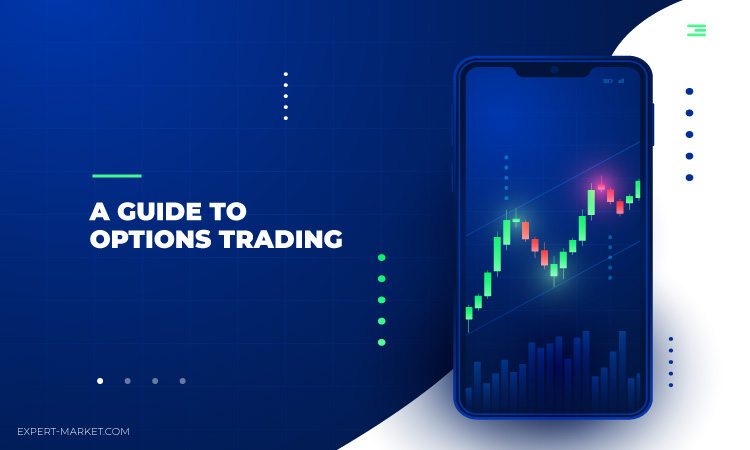Stock options give an investor the right to buy or sell shares of stocks at a certain price and on a specified date. Much like other financial instruments, stock options are traded in exchanges.
Depending on the situation, options can be used as a hedge to limit downside losses in the stock market. With the right strategy and good money management techniques, you can increase the value of your portfolio.

How Stock Options Work
The concept of stock options trading is straightforward. You simply buy the underlying stock and wait for the price to rise or fall. The prices of options can be higher compared to what was first listed. So, before the expiry date, the investor must decide whether to buy or sell the shares associated with a specific option.
The more likely that an option will have a specific outcome, the more expensive it becomes in terms of premiums. On the other hand, the less time an option has to the expiry date, the less value you expect it to have.
The volatility of an underlying asset also matters. When there’s high volatility, you expect a substantial move either up or down. If you want to minimise your risk, you should avoid investing during price swings. Now you know the basics, the next step is building a solid trading strategy based on professionals’ first-hand knowledge. Diving into the Jeff Clark review will help you understand the matter using punctual yet straightforward terms.
Types of Options Trade
There are many options in the market, but the most popular ones are call and put options.
Call Options
This is a contract that allows an investor to hold an underlying asset at a specific price and agreed time. You simply buy the stocks and wait for the price to go up. It’s more like buying insurance only that the value decays with time. The lower the price, the more value you get.
As a buyer, you can only exercise your right if the current price is above the strike price. For example, if the stock price is $10, you cannot buy the stock at $11. That is the only way a stock will have an intrinsic value. Another way of thinking about call options is being generally bullish.
What does a call seller get? Whether you make money or lose money, the seller gets a premium. Let’s look at this from a different angle. Based on the assessment of the value of the business, an investor can predict that the stock price will go up to $120 in the next 1 month with a premium of 50 cents. If your order is triggered, the seller will get 50 cents even if you lose.
Put Options
Put options are simply the direct opposite of call options. Put options allow the seller to sell certain shares at a predetermined price and a specified date. The seller has the right to sell the security at the end of the expiry period. And the same concept applies – the higher the price of the option, the higher the intrinsic value. Put options can be seen as generally bearish.
The buyer of a put option gets a premium. Keep in mind that the buyer’s income is only limited to the price, but the seller can continue to make a profit until the value of the stock is zero.
How to Trade Options
A prudent investor will calculate the maximum gain and loss every stock option gives. The truth is that options are not designed as a quick way to riches. Your goal should be to maximize the gains with minimum risk.
Before you invest your money, you should research whether the stock will rise or fall. You can use social media tools research the social sentiment of stocks before making your investment decisions.
Next, you should look at the termination dates, strike prices, and premiums. As long as you understand what you are truly doing, you can make handsome returns. Another key thing is that you must have a strategy in place. To increase your odds of making a profit, it must have a high accuracy rate.
Whether you choose to buy or sell an option, you should use a broker or CFDs. Brokers are listed when they meet certain requirements on an exchange. Once you choose to deal with a broker, you’ll work on their platform to execute trades.
If you don’t want to work with a broker, you can trade options with CFDs. With a leveraged trading provider, you can buy or sell options in different markets via a single login.
According to a recent study, Warren Buffet trades stocks when the market is down. He also ensures there are many assets in the portfolio. You can make good returns buying and selling options if you have information about the future value of the asset.
































